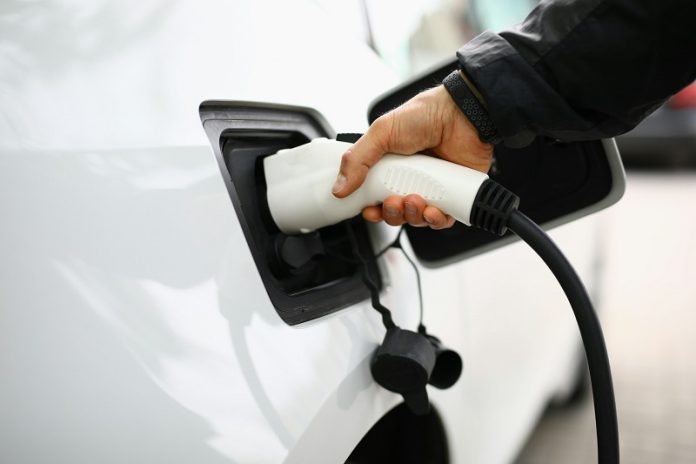
As electric vehicles (EVs) and energy storage systems become more popular, the need for powerful, affordable, and long-lasting lithium-ion batteries is growing.
While common battery materials like lithium iron phosphate (LiFePO4) and nickel-manganese-cobalt (NMC) are widely used, they often struggle to balance high performance with low cost.
Lithium-rich manganese oxides (LRMOs) have emerged as a promising alternative.
These materials can store more energy and are free from expensive cobalt, but they come with their own issues, including lower efficiency and faster loss of power over time.
In a recent breakthrough, researchers from Guangdong University of Technology, led by Professors Dong Luo and Chenyu Liu, found a way to improve LRMOs for wider commercial use.
Their study, published in Energy Materials and Devices, reveals how treating LRMOs with ammonium metavanadate (NH4VO3) creates a unique “vanadium-doped” structure that boosts battery efficiency and stability.
This vanadium treatment significantly enhances the battery’s initial Coulombic efficiency (ICE), which is crucial for long battery life.
Previously, LRMO materials only reached about 74.4% in ICE, but the vanadium-doped version hit an impressive 91.6%—a level high enough for commercial applications.
The vanadium-doped structure also minimizes power loss over time, with voltage dropping by just 0.47 mV per cycle over 200 cycles.
The researchers achieved this improvement through a special hydrothermal process that introduces vanadium onto the battery’s cathode surface.
This creates a stable spinel-layered structure, which helps lithium ions move more easily and reduces unwanted reactions at the surface. Importantly, the vanadium atoms form strong bonds with oxygen, helping to prevent the oxygen loss that usually weakens LRMOs over time.
This innovation in battery chemistry could have far-reaching effects. By making lithium-rich cathodes more stable and efficient, the technology could pave the way for more affordable, high-performance batteries in electric vehicles, renewable energy systems, and everyday devices like smartphones and laptops.
Professor Luo explained, “Incorporating vanadium has improved the stability and performance of lithium-rich cathodes. This step brings us closer to the next generation of lithium-ion batteries, which can support growing energy demands.”
Overall, the study shows that using vanadium to stabilize lithium-rich batteries could be key to making them more reliable and sustainable—ultimately lowering costs, reducing reliance on cobalt, and helping drive a cleaner, more energy-efficient future.



